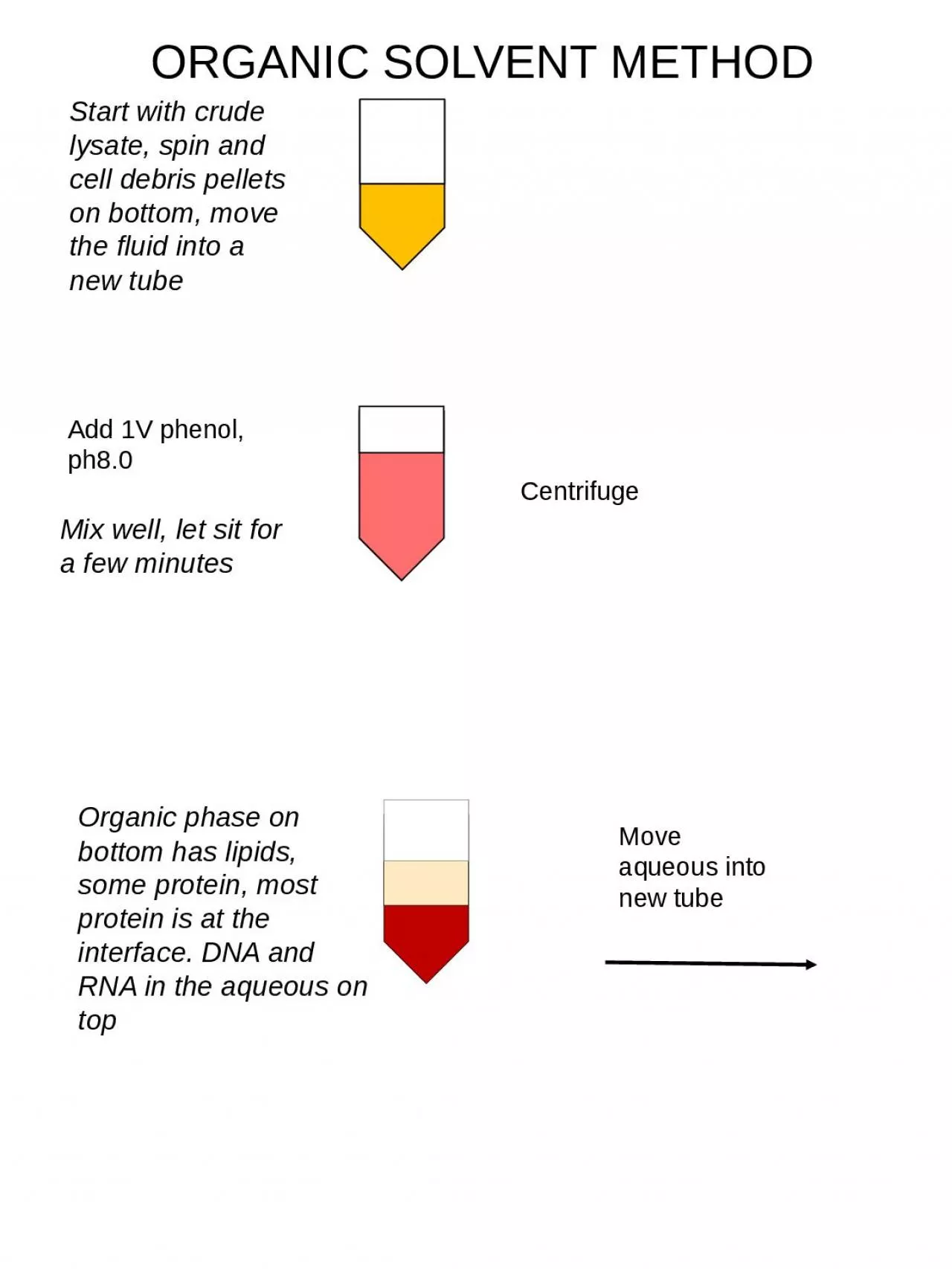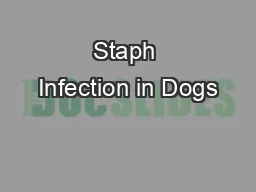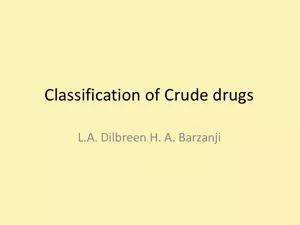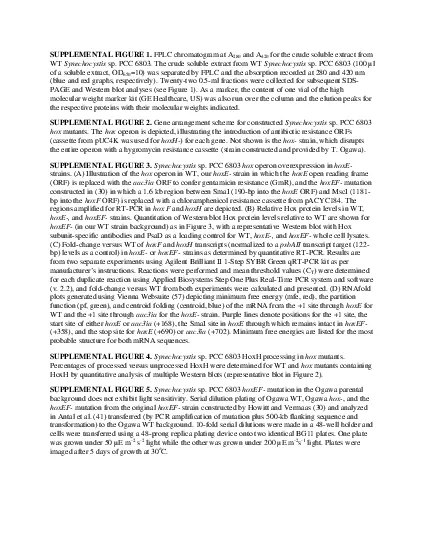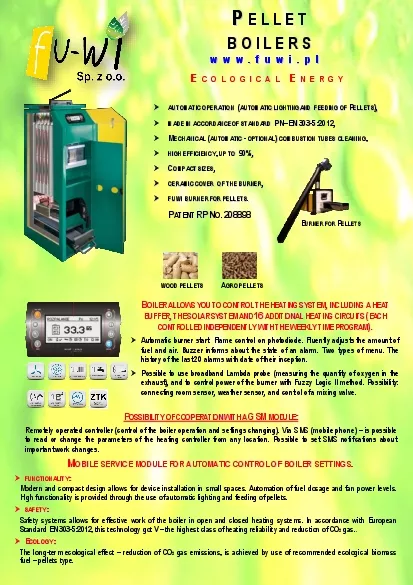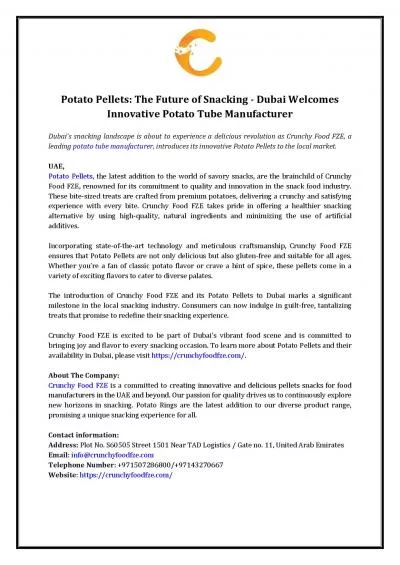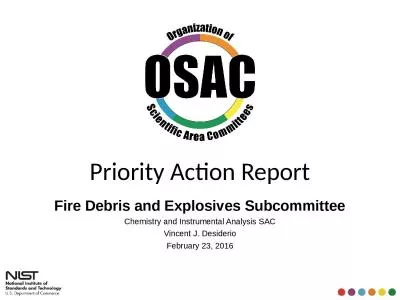PPT-Start with crude lysate, spin and cell debris pellets on bottom, move the fluid into a
Author : cady | Published Date : 2024-01-29
Move aqueous into new tube ORGANIC SOLVENT METHOD Mix well let sit for a few minutes Add 1V phenol ph80 Organic phase on bottom has lipids some protein most protein
Presentation Embed Code
Download Presentation
Download Presentation The PPT/PDF document "Start with crude lysate, spin and cell d..." is the property of its rightful owner. Permission is granted to download and print the materials on this website for personal, non-commercial use only, and to display it on your personal computer provided you do not modify the materials and that you retain all copyright notices contained in the materials. By downloading content from our website, you accept the terms of this agreement.
Start with crude lysate, spin and cell debris pellets on bottom, move the fluid into a: Transcript
Download Rules Of Document
"Start with crude lysate, spin and cell debris pellets on bottom, move the fluid into a"The content belongs to its owner. You may download and print it for personal use, without modification, and keep all copyright notices. By downloading, you agree to these terms.
Related Documents

